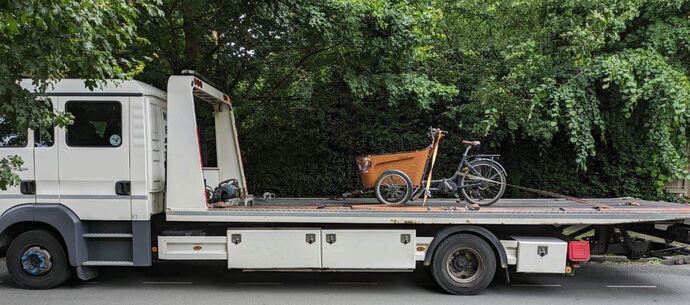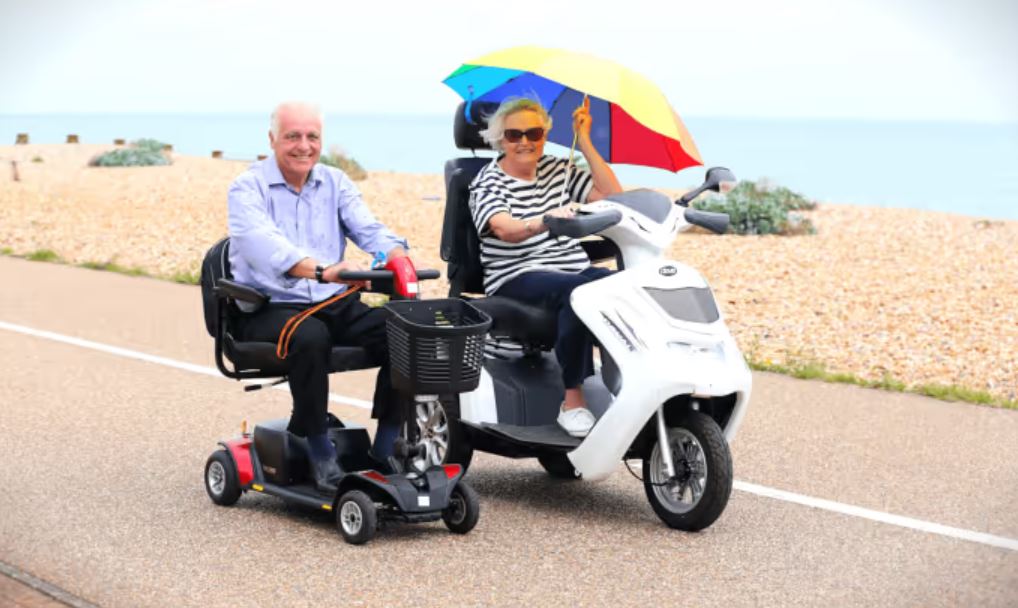What cyclecars can teach us about the future of urban mobility
June 10, 2025

If you’ve ever watched The Repair Shop, you’ll know Tim Gunn as the softly spoken bicycle whisperer, restoring antique cycles with reverence and care. But behind his workshop, Gunn & Co, lies a lesser-known passion: the curious and compelling world of cyclecars.
Cyclecars, for the uninitiated, were an early attempt at bridging the gap between bicycles and cars. Light, often homemade, and charmingly simple, they were the original "micro-mobility" solution - though nobody called it that in 1912. These were machines with bicycle DNA: slender frames, minimal bodies, engines smaller than some modern lawnmowers, and a spirit of pragmatism.
At a time when fuel prices are volatile, city streets are clogged, and climate targets loom, there’s something deeply appealing about revisiting the cyclecar’s philosophy. Gunn & Co doesn’t just restore these vehicles - they’ve reprinted the 1912 DIY manual "How to Build a Cyclecar", offering today’s tinkerers a fascinating insight into their predecessors.
While the car industry races to electrify hulking SUVs, cyclecars remind us that small, slow, and simple can be revolutionary too. Why do we need two tonnes of car to collect bread from the corner shop? Why have we allowed transport to become a status symbol instead of a tool?
In many ways, we’ve gone backwards. Cyclecars faded from view not because they failed, but because cars got cheaper, roads got wider, and society learned to equate vehicle size with status. But now the tide is turning. With cities like Paris, Utrecht, and even Bristol embracing 15-minute neighbourhoods, lighter forms of mobility are no longer a compromise - they are the future.

There's a kind of elegant rebellion in Gunn & Co’s work. By celebrating and preserving vehicles that once defied motoring norms, they’re quietly challenging today’s bloated transport culture. Their lovingly restored machines aren’t just museum pieces - they’re a provocation. Why not travel light? Why not rethink what a vehicle needs to be?
The modern equivalents are already here: e-bikes, cargo trikes, microcars like the Citroën Ami.
Tim Gunn once said of an old bike: “It doesn't need to be fast to be important.” The same could be said of the cyclecar. In an age of turbocharged everything, maybe the real revolution is slowing down.
Gunn & Co has republished How to Build a Cyclecar, a 1913 guidebook for would-be builders, complete with period adverts and charmingly earnest advice on everything from workbench construction to drivetrain configuration.
And yes, it’s every bit as delightful as it sounds. Want to know how to mount an engine onto a timber chassis using leather straps and good intentions? This is your bible.
Win your own slice of cyclecar history
To celebrate the republication of How to Build a Cyclecar, we’re giving away a copy of this beautifully re-mastered 1913 guide - complete with period-accurate paper stock and lithographic print. If you’ve ever dreamed of building your own turn-of-the-century runabout (or just want a lovely bit of bookshelf eye-candy), this one’s for you.

To enter, simply leave a comment below and we’ll pick a winner next week. Bonus points for including your favourite obscure form of transport.
Get Cycle Rescue for free with ETA bicycle insurance
If you suffer a breakdown (including punctures, or even a flat e-bike battery) while out cycling, our 24-hour Cycle Rescue team is on hand to arrange transport for you and your bicycle to a safe location. The service is included for free with ETA cycle insurance, along with:
• Theft, accidental damage & vandalism
• E-bike battery theft cover
• Cycle Rescue
• No devaluation of your bike over time
• £2m third party PLUS £20,000 personal accident cover
• Shed and garage storage
• Low standard excess of 5% (£50 minimum)

{{cta-cycling}}
The ethical choice
The ETA was established in 1990 as an ethical provider of green, reliable travel services. Over 30 years on, we continue to offer cycle insurance , breakdown cover and mobility scooter insurance while putting concern for the environment at the heart of all we do.
The Good Shopping Guide judges us to be the UK's most ethical provider.
Information correct at time of publication.







